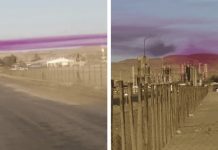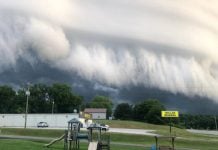This is an unusually late start to the summer season for Noctilucent clouds (NLCs), and no one can say for sure what will happen next.
However, researchers believe the electric blue clouds will quickly intensify as the 2nd half of June unfolds…
These night-shining, or noctilucent clouds, form more than 50 miles (83 kilometers) above the Earth’s surface, in a layer known as the mesosphere.
The clouds, which glow electric blue after dusk or before dawn, are composed of water ice crystals that collect on “meteor smoke,” the dust stripped from meteors as they streak through the atmosphere.
According to NASA, night clouds are a relatively new phenomenon, with the first observations occurring a couple years after the eruption of Krakatoa sent tons of volcanic ash high into the atmosphere. They increased again after the Tunguska meteor event over Siberia in 1908. In 2007, NASA launched the AIM satellite (Aeronomy of Ice in the Mesosphere) to specifically study noctilucent clouds and discover the conditions that favor their formation.
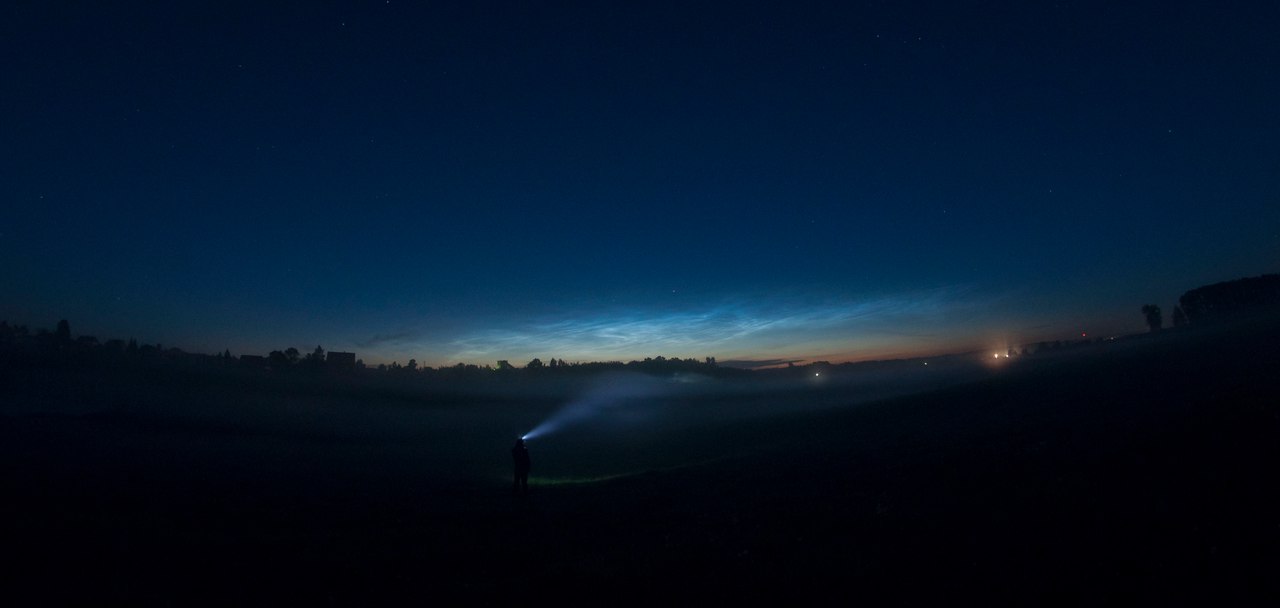
“AIM and other research has shown that in order for the clouds to form, three things are needed: very cold temperatures, water vapor and meteoric dust,” James Russell, an atmospheric and planetary scientist at Hampton University, said in a NASA article. “The meteoric dust provides sites that the water vapor can cling to until the cold temperatures cause water ice to form.”
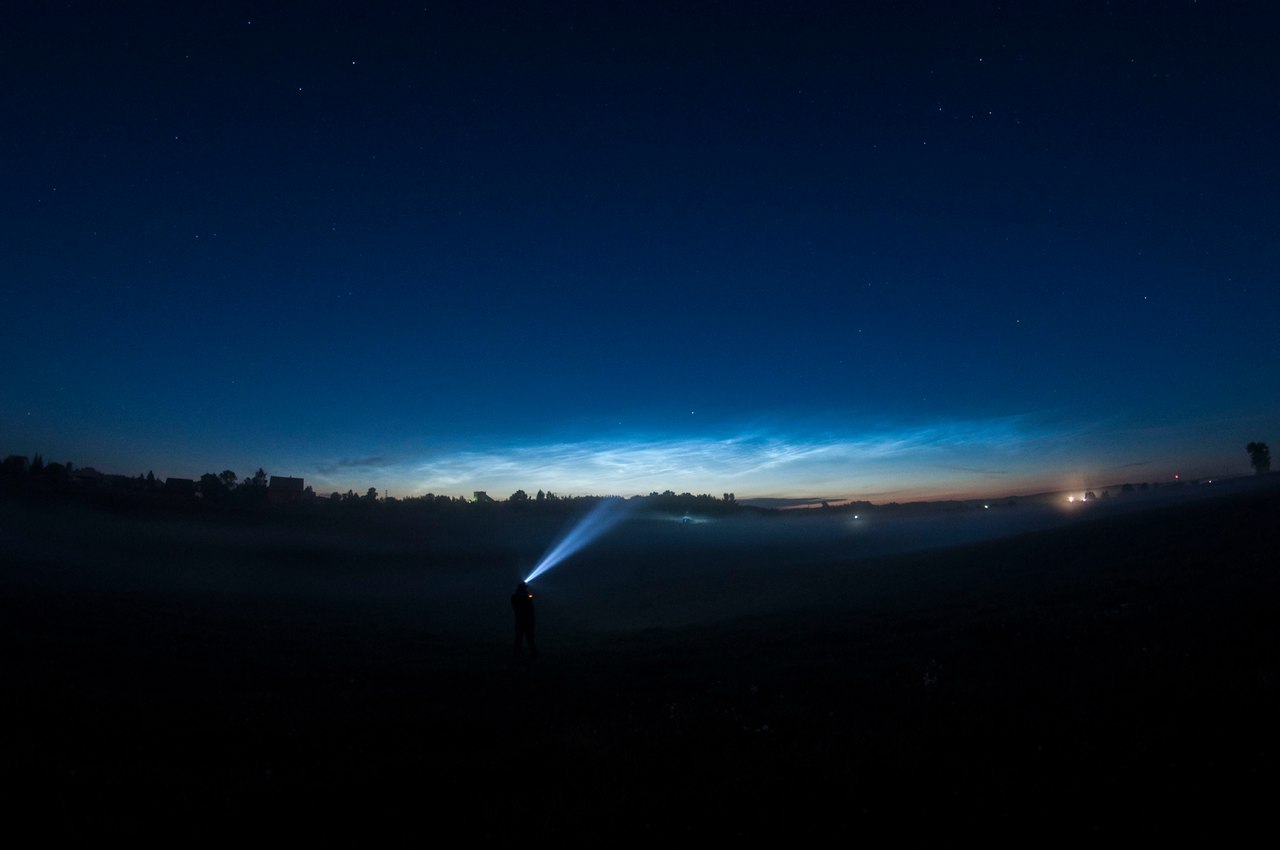
The Krakatoa event, says Thomas, likely “seeded” the upper atmosphere with dust, allowing noctilucent clouds to be seen over more populated areas. In its most recent observations, however, NASA is reporting that the blue cloud formations are not only starting earlier than normal, but also once again spreading beyond the polar regions. You can see a time-lapse animation capture by AIM of the clouds forming over the Antarctic in the tweet by NASA below.
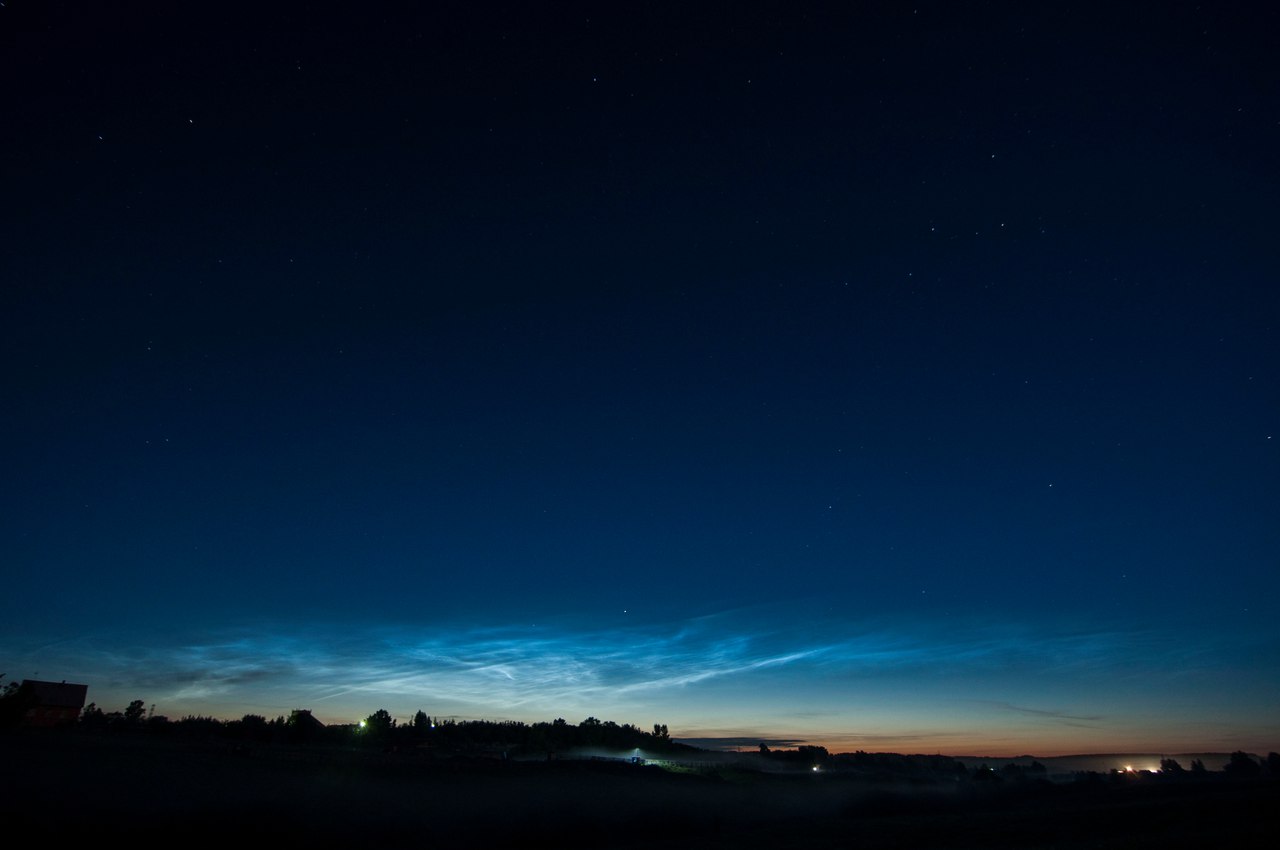
Researchers believe the beautiful twilight displays, observed as far south as Colorado and Utah, could be due to an increased abundance of methane in the upper atmosphere.
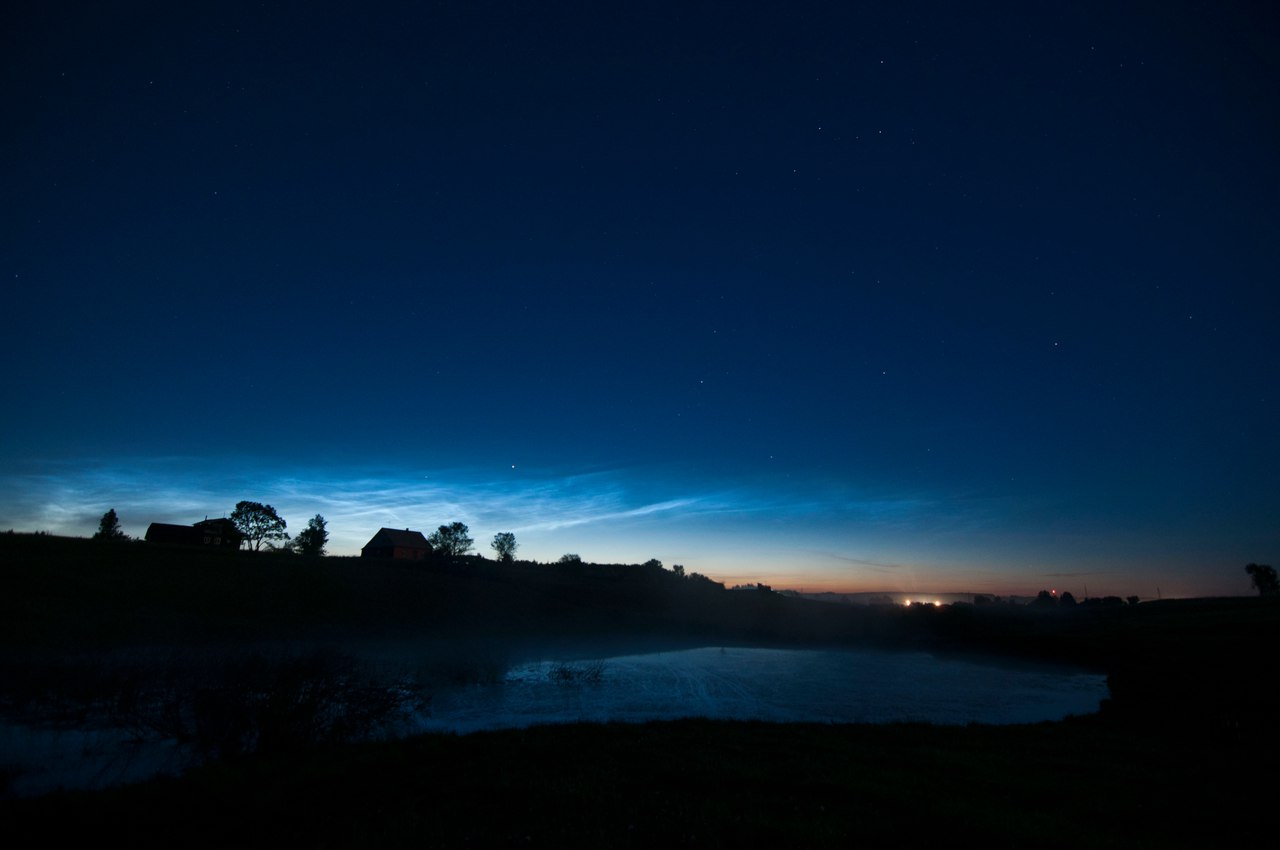
“When methane makes its way into the upper atmosphere, it is oxidized by a complex series of reactions to form water vapor,” Russell added. “This extra water vapor is then available to grow ice crystals for NLCs.”
Because methane is roughly 30 times more potent a heat-trapping greenhouse gas compared to carbon dioxide, its theorized that noctilucent clouds could potentially serve as a kind of “canary in a coal mine” on climate change. For now, however, the connection remains tenuous.
“I think the jury is still out,” SpaceWeather.com’s Tony Phillips told the SFGate in 2015. “But it is undeniable that increasing levels of methane favor the formation of NLCs at very high altitudes.”
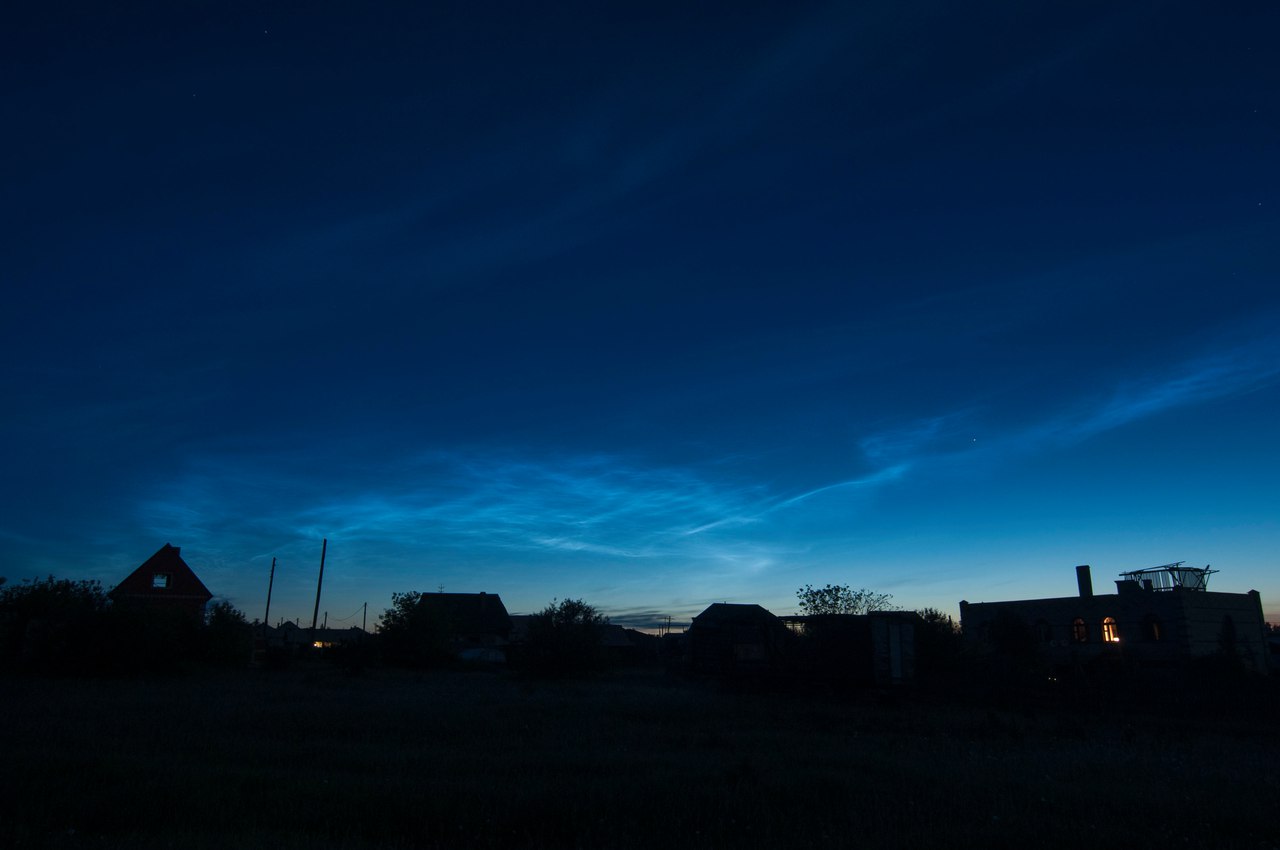
As concluded by Geoengineering Watch: If the masses do not wake soon and properly prioritize their efforts and energies there will be no chance for the long term survival of our species (and perhaps even all life on Earth). Industrialized society (which includes climate engineering) has all but decimated our once thriving planet. Reaching a critical mass or awareness is the first leap forward, make your voice heard in the critical effort to sound the alarm.
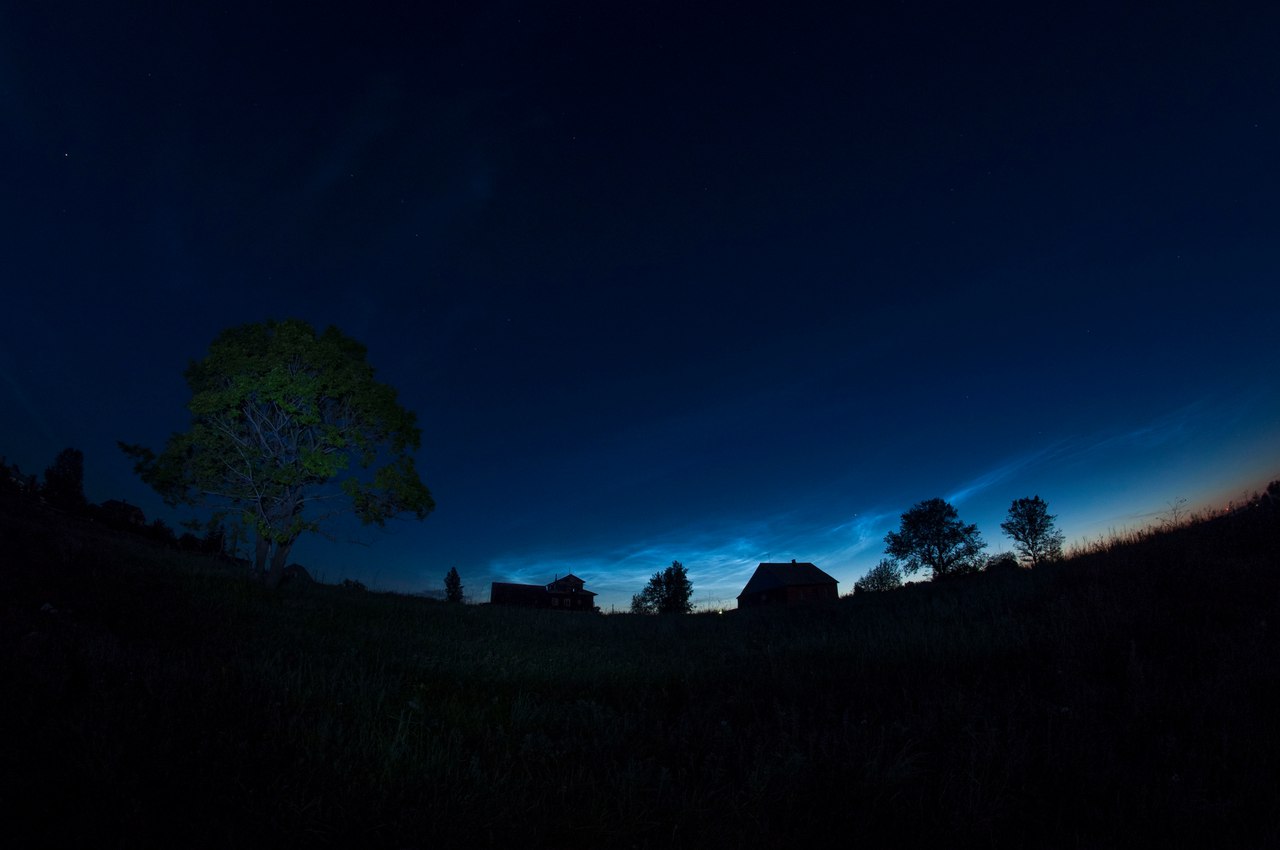
It is believed that a mesospheric heat wave wiped out noctilucent clouds in early June 2017. But now, they are back! And nobody is able to forecast the future…







